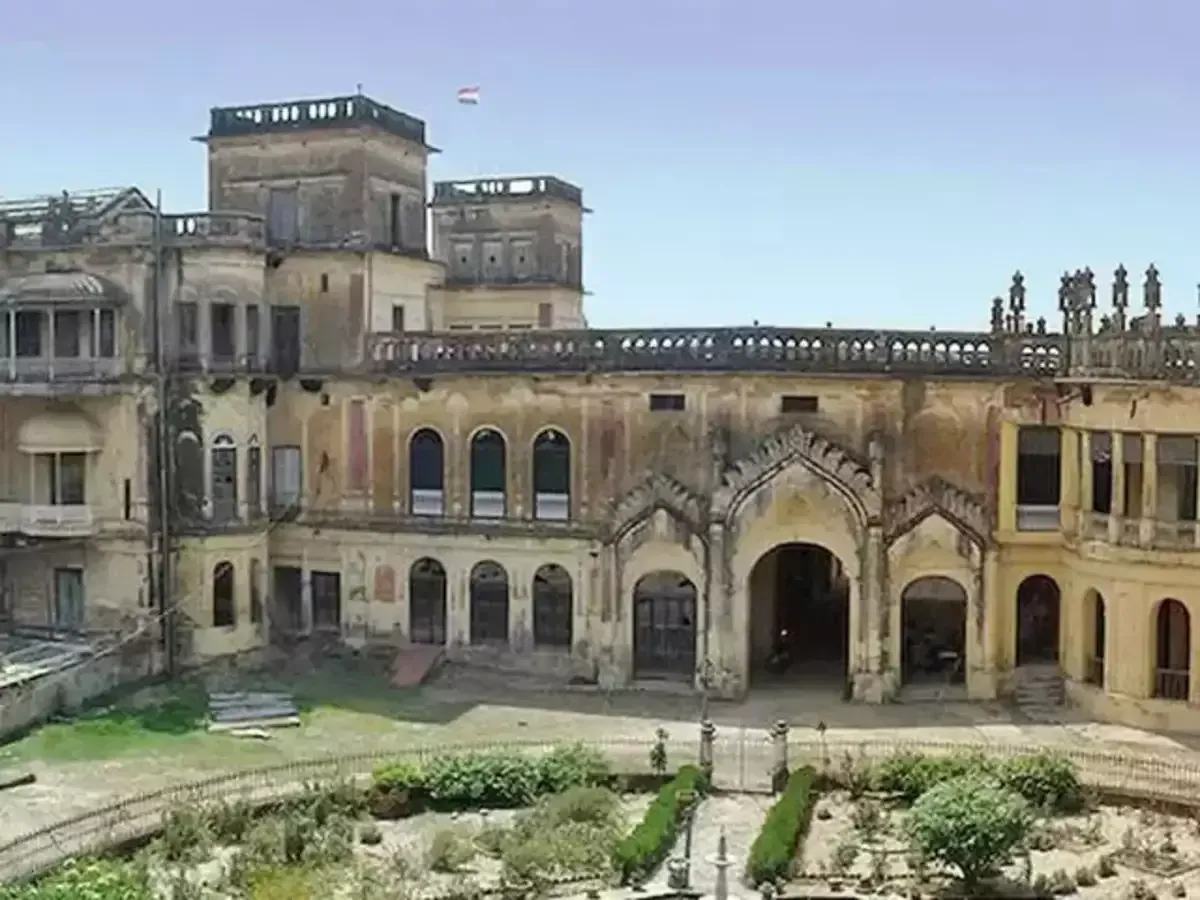About Enemy Property:
- The Enemy Property Act 1968 defined an ‘enemy’ as a country (and its citizens) that committed external aggression against India (i.e., Pakistan and China).
- Enemy property means any property for the time being belonging to or held or managed on behalf of an enemy, an enemy subject or an enemy firm.
- These properties are of those left behind by the people who took citizenship of Pakistan and China after leaving India during the partition and after the 1962 war.
- In 2017, Parliament passed The Enemy Property (Amendment and Validation) Bill, 2016, which amended the 1968 Act and The Public Premises (Eviction of Unauthorised Occupants) Act, 1971.
- It expanded the definition of the terms “enemy subject”, and “enemy firm” to include the legal heir and successor of an enemy, whether a citizen of India or a citizen of a country which is not an enemy; and the succeeding firm of an enemy firm, irrespective of the nationality of its members or partners.
- The amended law provided that enemy property shall continue to vest in the Custodian even if the enemy or enemy subject or enemy firm ceases to be an enemy due to death, extinction, winding up of business or change of nationality, or that the legal heir or successor is a citizen of India or a citizen of a country which is not an enemy.
- Maximum number of enemy properties is in Uttar Pradesh – 4,991. Bengal has 2,735, and Delhi has 487.
Q1: What is the Enemy Property Act 1968?
The Enemy Property Act, 1968, an Act of the Indian Parliament, allows and governs real estate allocation in India possessed by Pakistani nationals. The act get enacted in the aftermath of the 1965 Indo-Pakistani war. The Guardian of Enemy Property for India, a government department, receives ownership. There are also enemy properties, which are movable properties.
Source: Pervez Musharraf’s ancestral land in UP to be auctioned under Enemy Property Act: What it means
Last updated on November, 2025
→ Check out the latest UPSC Syllabus 2026 here.
→ Join Vajiram & Ravi’s Interview Guidance Programme for expert help to crack your final UPSC stage.
→ UPSC Mains Result 2025 is now out.
→ UPSC Notification 2026 is scheduled to be released on January 14, 2026.
→ UPSC Calendar 2026 is released on 15th May, 2025.
→ The UPSC Vacancy 2025 were released 1129, out of which 979 were for UPSC CSE and remaining 150 are for UPSC IFoS.
→ UPSC Prelims 2026 will be conducted on 24th May, 2026 & UPSC Mains 2026 will be conducted on 21st August 2026.
→ The UPSC Selection Process is of 3 stages-Prelims, Mains and Interview.
→ UPSC Result 2024 is released with latest UPSC Marksheet 2024. Check Now!
→ UPSC Prelims Result 2025 is out now for the CSE held on 25 May 2025.
→ UPSC Toppers List 2024 is released now. Shakti Dubey is UPSC AIR 1 2024 Topper.
→ UPSC Prelims Question Paper 2025 and Unofficial Prelims Answer Key 2025 are available now.
→ UPSC Mains Question Paper 2025 is out for Essay, GS 1, 2, 3 & GS 4.
→ UPSC Mains Indian Language Question Paper 2025 is now out.
→ UPSC Mains Optional Question Paper 2025 is now out.
→ Also check Best IAS Coaching in Delhi

















